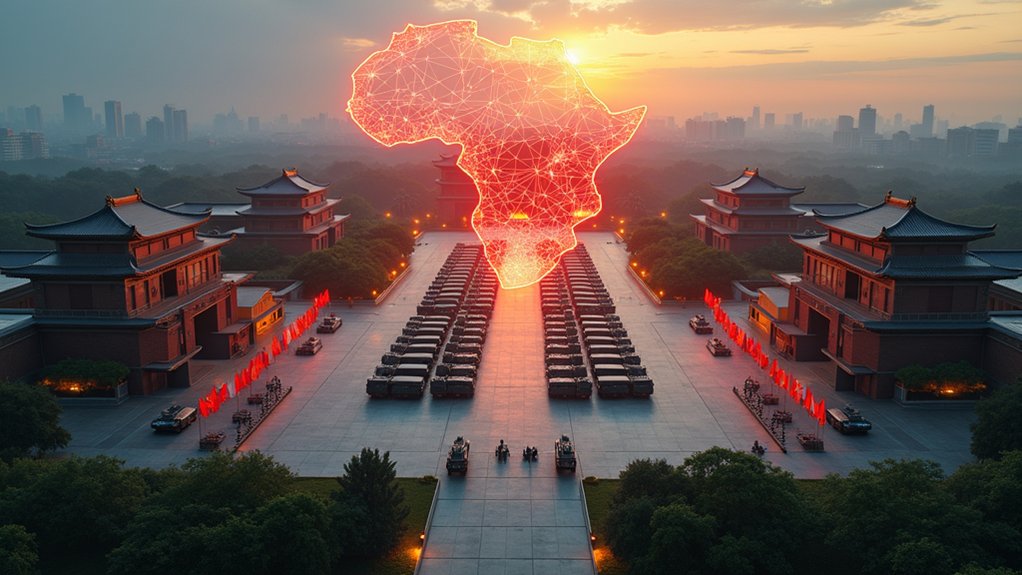While tech evangelists celebrate artificial intelligence as humanity’s great equalizer, the numbers tell a different story. The AI boom is actually widening the chasm between haves and have-nots on a global scale. America alone secured $67.2 billion in private AI investment last year—nearly nine times what China got. And China ranks second. Everyone else? They’re fighting for scraps.
This isn’t just about money. It’s infrastructure. Try building an AI powerhouse when your rural areas barely have electricity. Sub-Saharan Africa’s internet penetration sits at a measly 37%, while Europeans and North Americans are practically born connected. Good luck competing when you can’t even keep the lights on consistently.
Then there’s the talent problem. The Global South trains experts who promptly leave for Silicon Valley paychecks. Brain drain, anyone? The US has AI talent concentrated in just three metro areas, with the Bay Area hoarding the lion’s share. Meanwhile, universities across developing nations struggle to even offer basic AI courses. Women face disproportionate job displacement as AI increasingly targets clerical and outsourcing positions heavily staffed by female workers.
The Global South educates, Silicon Valley compensates. The talent flows north while development opportunities evaporate at home.
Data—AI’s lifeblood—presents another hurdle. You need massive, high-quality, localized datasets. Many developing countries have fragmented, poor-quality data or none at all. Their cultural and linguistic diversity? Makes collection even harder. The fancy algorithms built in San Francisco rarely work in Lagos or La Paz.
The economic impact? Brutal. AI could affect 40% of global jobs worldwide. But here’s the kicker: developing economies built on cheap labor will see their competitive advantage vanish. Robots don’t demand raises or take sick days. The historical export-oriented manufacturing model that drove growth in these economies is now seriously threatened by increasingly technology-intensive production.
The geographic concentration is almost comical—if it weren’t so tragic. The US dominates with 83% of AI unicorns. Within America, two-thirds of those startups are in Silicon Valley.
Europe isn’t much better, with half its AI talent clustered in just three countries. The Global South (excluding China) will capture only $1.7 trillion of the projected $15.7 trillion in AI economic value by 2030. Some equalizer, huh?




